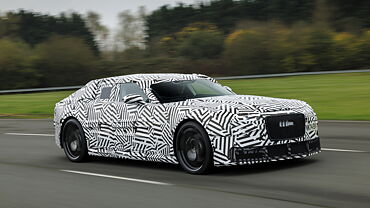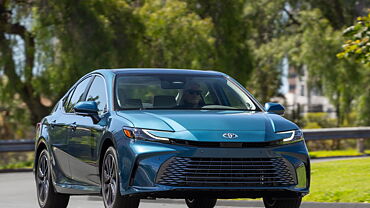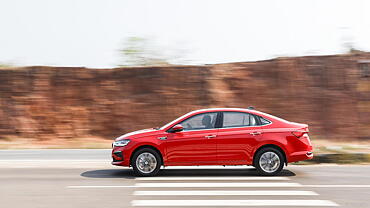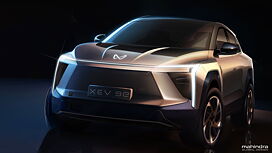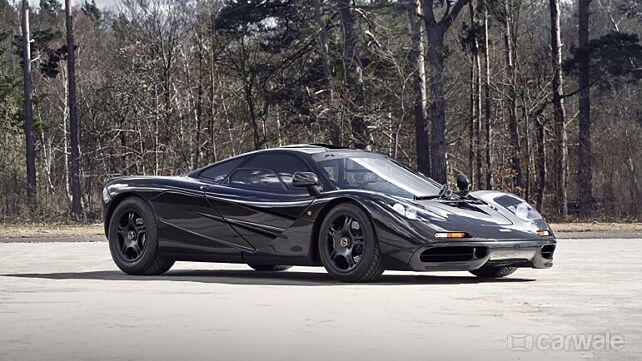
The new McLaren will have three seats with the driver at the centre of the front row and two passengers in the back. It will be designed as a GT car, like the McLaren F1, to go across continents effortlessly and also power around a racetrack like no road-going car can think of. McLaren Special Operations (MSO) has plans to build 64 examples of the alleged successor to the F1 and if that is true, they will have been sold out by now.
The McLaren F1 was radical for its time with the three-seat setup and its unique approach to performance blended with luxury. With MSO heading this operation, we can expect something as radical as the F1 for its successor from the British marque. While it would be quite difficult to reclaim the top speed record, the one that the F1 held for almost a decade, the F1 successor would certainly set a new benchmark for performance motoring.
We hope the McLaren F1 successor retains the naturally aspirated V12 for its pure response and the soulful exhaust note. While keeping in mind the exhaust regulations, having a 25-year-old engine may not be possible, but, then if it gets the turbocharged V8 from the 650 or the 675, it would not stand out as it should. With McLaren’s success with hybrid powertrains, we can expect the F1 successor to run electric wizardry.
Touted to be priced at about 2 million GBP (about Rs 18 crore), the F1 successor will have a state-of-art carbon fibre reinforced chassis, a carbon-fibre body shella and the signature dihedral doors. Designed to be a grand tourer, the F1 successor is expected by 2018, 30 years after the last McLaren F1 rolled out.

